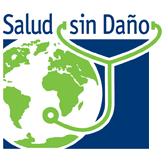Innovating safe and sustainable health care waste management in Nepal’s health sector
Sindhuli Hospital, Nepal
Case study summary
This case study reflects the health care waste management innovation of Health Environment and Climate Action Foundation (HECAF360) under the Water, Sanitation and Hygiene Sustainable Development Goal (WASH SDG) Innovation Fund in partnership with the local Plan International Nepal and the Health Care Without Harm network. This project has installed safe, sustainable health care waste management with smart autoclaving technology that incorporates remote monitoring devices. This system prevents open waste burning and keeps waste from going to the landfill, which reduces greenhouse gasses such as methane and carbon dioxide.
Demographic information
- City: Sindhuli
- State/province/region: Bagmati Province, Hilly Region
- Country: Nepal
- Type of institution: Provincial Hospital
- Number of full-time staff: 135
- Patient population served annually
- 1,00,000 served annually (total of inpatient and outpatient)
- Geographic area served by institution: Sindhuli District, Ramechhap, Udhaypur, Mahottari, Sarlahi, and other nearby districts
- Top health equity concerns experienced by the population: Free health services as per government provision, access to free medicine listed by government of Nepal
- Number of beds: 50
The issue
In Nepal, improper health care waste management has led to increased health risks due to the following:
- Risk of needle-stick injury and exposure to infectious and other hazardous agents.
- Dioxins released from the incineration of medical waste buildup in the food chain impact health and increase the health sector carbón footprint.
- Waste decomposing at landfills releases the greenhouse gas methane, which has 25 times the global warming potential of CO₂ and runoff that can contaminate water sources.
- While technologies are available at hospitals to manage waste, the lack of a monitoring mechanism makes the practices unsustainable.
There is a strong need for innovation to address health care waste management to protect frontline workers, essential cleaners, waste workers, and the larger community and province and also ensure the sustainability of the system.

HECAF360 has been working in the field of health care waste management since 1995. We are pioneers in introducing autoclaving technology for the treatment of infectious waste. But in this innovation project, we are successful to add up the remote monitoring device which we can see the operational process remotely. We are also planning to integrate this system with the National Health Information system.This innovation was successful due to the complete support from Nepal’s Department of Health Services, the World Health Organization, the Ministry of Health of Bagmati Province, Kamalamai Municipality, the hospital management committee, and all staff.
Health Environment and Climate Action Foundation
Hospital goal
The hospital’s objective is to install a safe and sustainable health care waste management system at the hospital with the goal that these systems will:
- Create a safe working environment by reducing injuries related to improper health care waste management.
- Eliminate persistent organic pollutants such as dioxins and furans by replacing open burning with autoclaving.
- Improve the hospital environment by reducing litter.
- Provide cost savings.
- Reduce the hospital’s carbon footprint.
- Meet government targets and minimum standards.
- Become a model for expansion.
Sustainability strategy implemented
- All hospital employees, including medical, support staff, waste management staff, and others, were trained on a health care waste management system. This ensured commitment and willingness from these stakeholders to participate in the process.
- Programmable autoclaves with remote monitoring devices were implemented with minimized operator error and remote monitoring. This technology will reduce the open burning of waste and reduce the hospital’s carbón footprint.
- The waste management system includes a mechanism to send recyclables to a recycling vendor, saving money that could be utilized for any operational costs. It is estimated that the hospital could serve seven more inpatients or 73 more outpatients with the savings.
- A permanent waste management committee at both the facility and municipal level was established to manage waste-related issues in the long run.
- This facility will serve as a hub for managing waste from health care facilities in the municipality. This will create job opportunities for the local community.
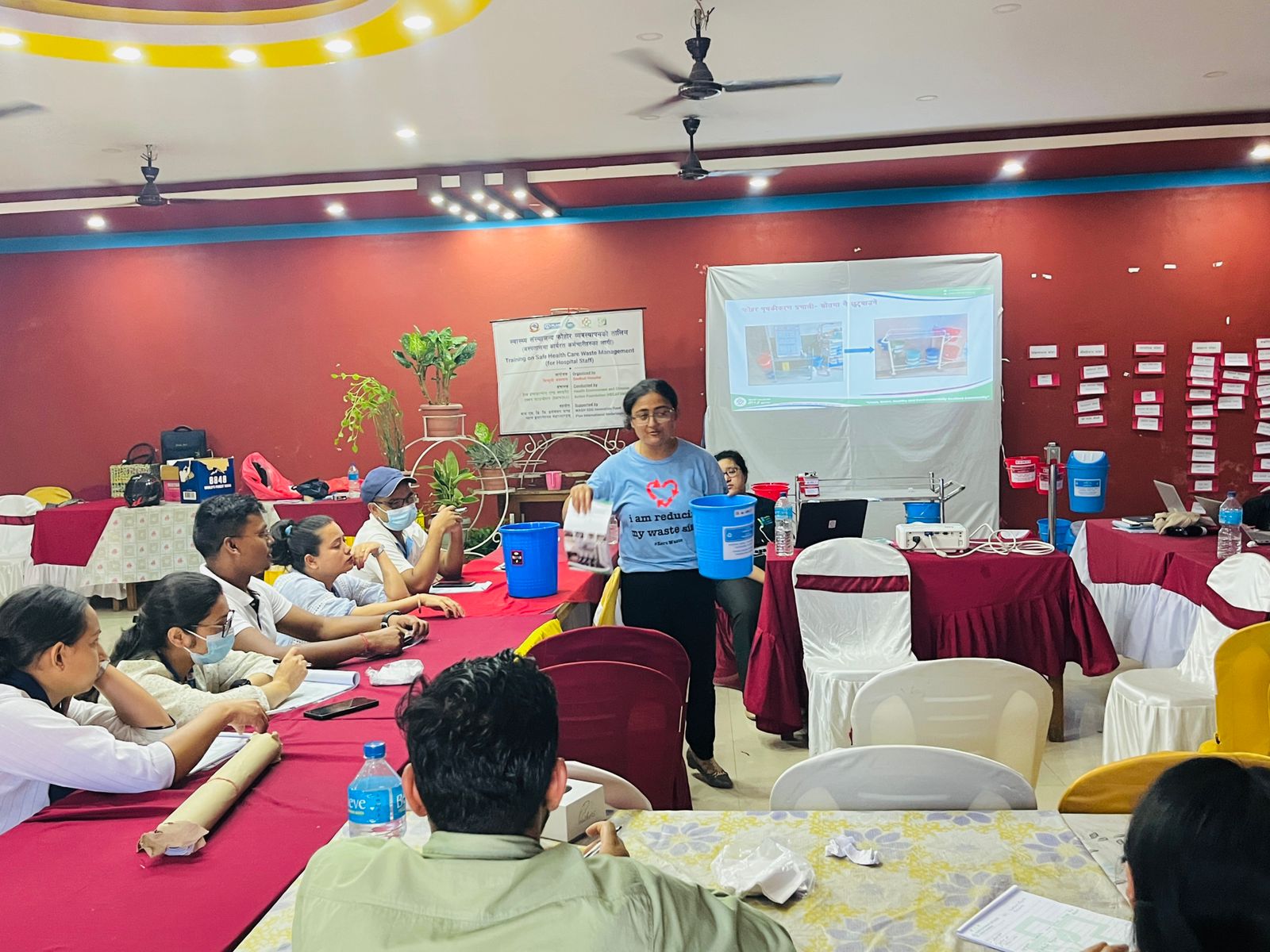
Implementation process
The project was approved and endorsed by all levels of government. Initially a diagnostic assessment documented current waste management practices and quantity of waste generated. On the basis of the findings, a waste management system was designed from segregation to final disposal. The hospital allocated the budget and space for the design and construction of the waste management center.
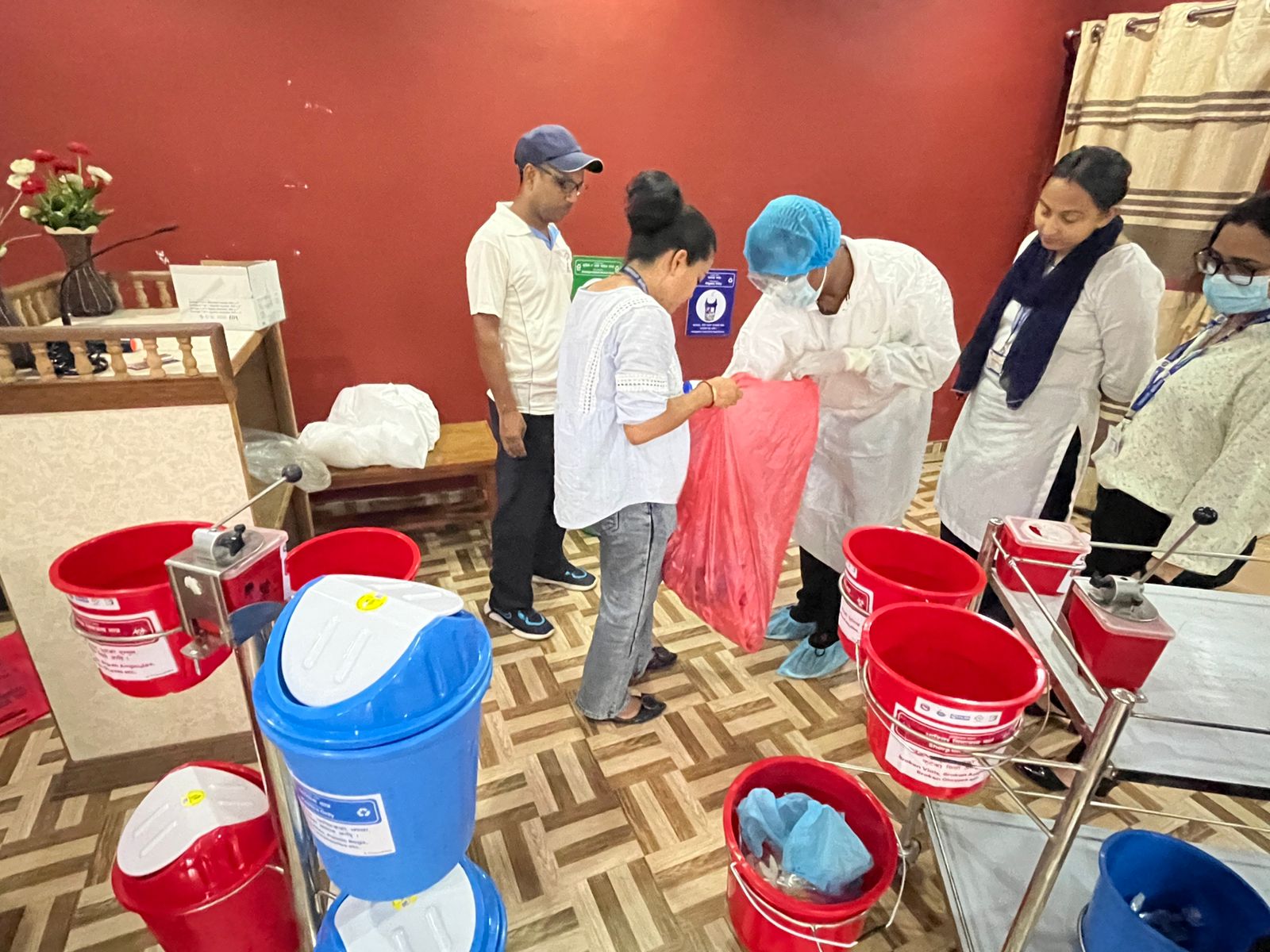
After construction was completed, a smart autoclave was validated by the HECAF360 technical team. A hospital waste management committee was established as a governing body. Two staff were allocated for the waste management center and received on-the-job training at a hospital with this system already in place, and hospital staff also received training. A pilot hospital ward was selected by the committee to implement the segregation system. The system was monitored for a few days and immediately accepted by staff. The system was subsequently replicated in other wards and units.A municipal-level health care waste management committee was also established and agreed to useSindhuli Hospital as a hub for managing the waste from other health care facilities in the municipality.
Tracking progress
Waste trackers, autoclave logs, disposal logs, and waste sales were tracked online in the KOBO tool and then transferred to the excel-based waste tracker and Hippocrates data center published by Health Care Without Harm. The smart autoclave has a device that communicates with the server via the general packet radio service (GPRS) network, emailing data that tracks the operational process. The logged data can be accessed via email or by downloading from each machine in CSV/Excel format.
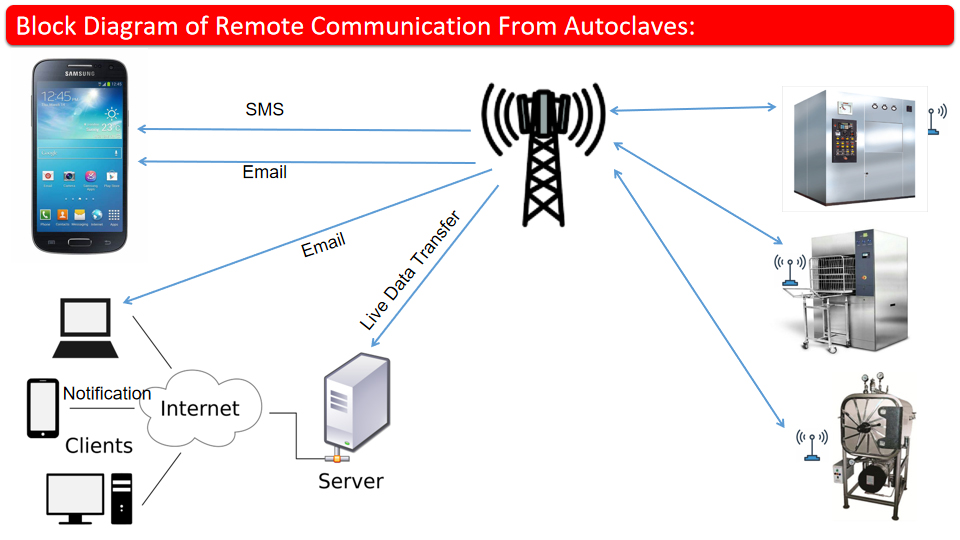
Progress achieved
- The smart autoclave with remote monitoring device is installed and operating.
- A skill-based training was conducted for almost 72 health care workers including all facility doctors and administrative staff.
- The segregation practice is currently 80% accurate, and all bins and equipment are in good condition with regular maintenance.
- The amount of high-risk waste has reduced from 82% to 41%.
- The hospital has reduced 61 kg of methane emission and 1,500 CO₂e annually from waste generated by adopting the autoclave non-burn technology.
- Needle stick injury has been reduced to zero due to the intervention of needle cutters. This has reduced HIV and hepatitis infection risk in the facility.
- The hospital is earning 32 EUR/month at 25% occupancy equivalent to 128 EURO/month at 100% occupancy. It can subsidize operating costs and pay for the care of seven more inpatients or 73 more outpatients.
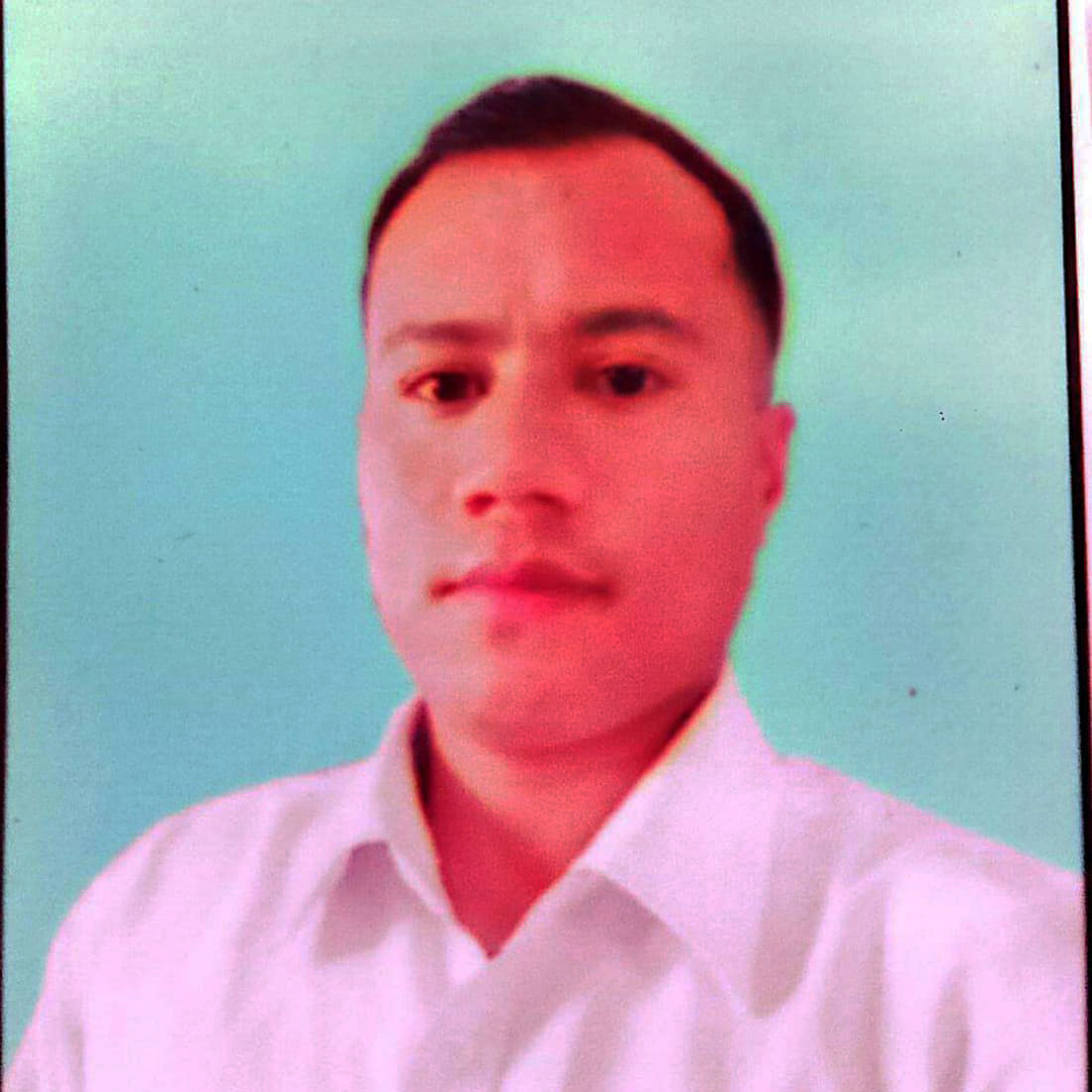
With the technical support from HECAF360 we have been successful to establish the hospital waste management center in our hospital. All the staff, including doctors, nurses, and paramedics are trained on proper waste management from segregation to final disposal. This has helped with environmental protection from pollution or contamination. This also has ensured the patients' and workers' safety. The hospital chairperson is proactive so we are successful to do this great work.
Challenges
- Political instability and change in leadership.
- A lack of knowledge of the issue in the provincial government, making approvals challenging.
- Ongoing hospital construction, which caused the delays in space allocation for the waste management center.
- Behavioral and attitude change.
- Challenges with staff burnout due to COVID-19.
- Lack of institutional memory in the local government and hospital.
Lessons learned
- The project should create a good governance structure to develop institutional memory and maintain buy-in of stakeholders.
- It is good practice to document the process and implementation plan for the system in an MOU to facilitate good coordination and common understanding.
- The project should develop and maintain continuous and scientific monitoring for its sustainability.
- A participatory approach can engage all hospital staff to maintain buy-in and ongoing sustainability of the plan.
- Ideally the health care waste management system should be integrated with the municipal waste management system.
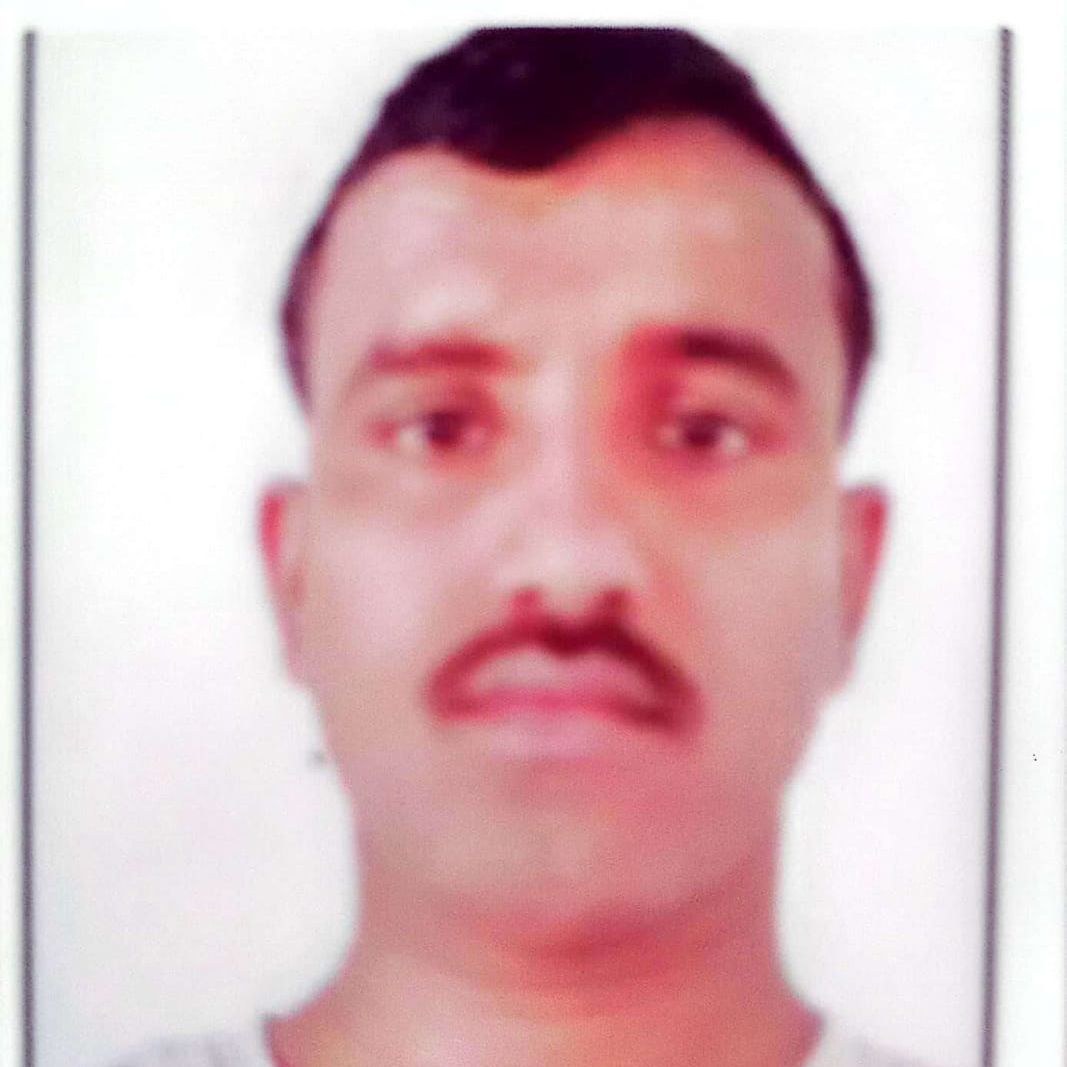
Working in the new advanced hospital waste management center, it is very easy, safer and very less time-consuming. I am able to categorize the infectious and general waste and their disposal techniques are clear to me. Before this Project, I was struggling for the safety assurance during the transportation and treatment since the waste were not segregated but now everything is segregated so it is easier to manage according to waste types. The autoclave technology installed is very easy to operate since it is automatic and data can be accessed via emails. This innovation is beneficial for us and our Ward staff are happy that the time of transportation of waste was reduced and also the needle stick injury has been zero after the implementation.
Next steps
HECAF360 is planning the following activities to support facilities in continuing the system and developing the reporting system independently.
- Regular monitoring of data obtained from KOBO tool and smart data system from the autoclave.
- Regular coordination with the hospital.
- Support for developing the waste management plan for the next fiscal year.
- Mobilizing staff trained on waste management to orient and train newly recruited hospital staff.
- Assist the facility when serving as hub for the municipal health care waste management system.
- Initiate and communicate with the municipality as well as ward about the potential construction of a biogas plant.
- Prepare an annual waste management plan.
